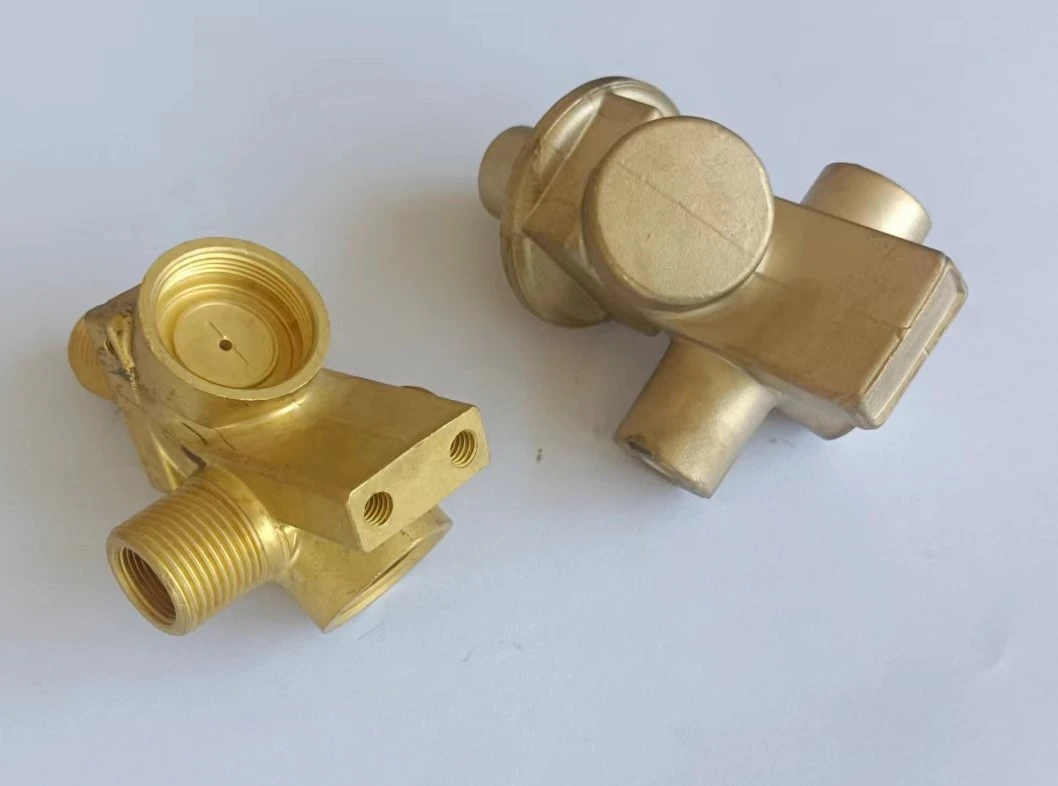Mobile:+86-311-808-126-83
Email:info@ydcastings.com
Foundational Concepts in Metal Casting Techniques and Best Practices for Success
Principles of Metal Casting
Metal casting is one of the oldest manufacturing processes known to humanity, dating back thousands of years. It involves pouring molten metal into a mold, where it cools and solidifies into a desired shape. Understanding the principles of metal casting is essential for engineers and manufacturers to produce high-quality cast products. This article delves into the fundamental principles that govern the metal casting process, covering aspects such as material properties, mold design, and pouring techniques.
1. Material Properties
The first principle of metal casting lies in the understanding of the materials being used. Different metals have distinct properties such as melting point, fluidity, shrinkage, and solidification characteristics. Common casting metals include aluminum, iron, steel, and bronze, each suitable for specific applications due to their mechanical properties and behavior during casting. For instance, aluminum has a low melting point and excellent fluidity, making it ideal for intricate designs, while cast iron is known for its superior wear resistance and excellent machinability.
2. Mold Design
Mold design is a critical factor in the casting process. Molds are typically made from materials such as sand, metal, or ceramic. The design should accommodate both the part geometry and the behavior of the molten metal. Key considerations in mold design include
- Pattern Making A pattern is a replica of the final product and is used to create molds. Patterns can be solid or hollow and must account for shrinkage and allowances for finishing operations.
- Cores Cores are used to create internal cavities in a cast part. They are typically made from sand and must be designed to withstand the heat of molten metal without collapsing.
- Ventilation and Gating System Proper ventilation is necessary to allow gases to escape during the pouring process. The gating system, which guides molten metal into the mold cavity, must be designed to minimize turbulence and ensure a smooth flow of metal.
3. Pouring Techniques
The pouring of molten metal into a mold is a delicate operation that directly impacts the quality of the final product. Control over pouring temperature and speed is essential to ensure uniformity and avoid defects such as cold shuts, slag inclusions, or porosity. Techniques for pouring include
- Gravity Pouring This is the most commonly used method where molten metal flows into the mold cavity under the influence of gravity
.principles of metal casting

- Pressure Pouring In this technique, pressure is applied to force molten metal into the mold, which is useful for intricate shapes and thicker sections.
- Vacuum Pouring This method creates a vacuum to draw molten metal into the mold, reducing the likelihood of defects caused by air pockets.
4. Cooling and Solidification
After pouring, the cooling and solidification of the molten metal are crucial for developing the desired properties of the cast part. Solidification can occur in several phases
- Nucleation and Growth During cooling, metal atoms begin to arrange themselves into a solid structure, starting small clusters called nuclei. As cooling continues, these nuclei grow to form a solid crystal structure.
- Directional Solidification Controlling the cooling process to promote directional solidification can enhance properties such as strength and toughness by controlling the grain structure.
Additionally, processes such as heat treatment may be employed after casting to further improve the mechanical properties and reduce residual stresses.
5. Quality Control
Quality control is an integral part of the metal casting process. It involves various testing methods to ensure that the finished product meets the required specifications. Common techniques include visual inspection, dimensional analysis, and non-destructive testing methods like ultrasonic or radiographic testing. Ultimately, robust quality control minimizes defects, ensuring the reliability of cast parts in their end-use applications.
Conclusion
Understanding the principles of metal casting is crucial for achieving successful outcomes in manufacturing. By paying close attention to material properties, mold design, pouring techniques, cooling processes, and quality control measures, manufacturers can produce high-quality cast products that meet the demands of various industries. Whether creating intricate components for the aerospace sector or strong components for automotive applications, mastery of these principles is essential for success in the field of metal casting.
-
Why Should You Invest in Superior Pump Castings for Your Equipment?NewsJun.09,2025
-
Unlock Performance Potential with Stainless Impellers and Aluminum End CapsNewsJun.09,2025
-
Revolutionize Your Machinery with Superior Cast Iron and Aluminum ComponentsNewsJun.09,2025
-
Revolutionize Fluid Dynamics with Premium Pump ComponentsNewsJun.09,2025
-
Optimizing Industrial Systems with Essential Valve ComponentsNewsJun.09,2025
-
Elevate Grid Efficiency with High-Precision Power CastingsNewsJun.09,2025











